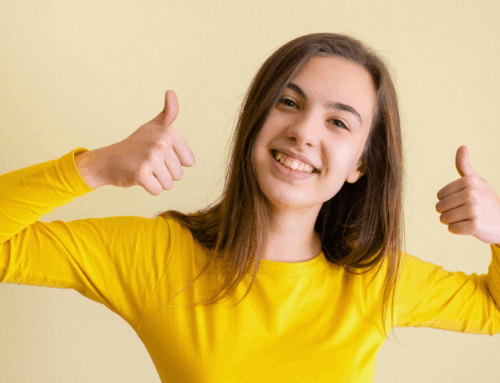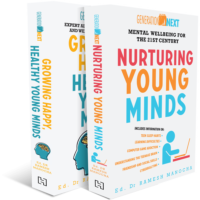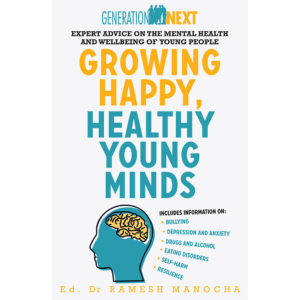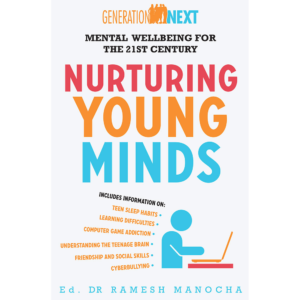Motivation is a slippery customer. Just when you want to rely on it, it puts its feet up, takes a few days off & generally wants to be about as active as a sloth on long service leave. Your ‘get up & go’ has ‘got up & gone’.
A Slightly Potted History of Motivation
Originally, motivation was straightforward. People had drives & needs & conducted cost benefit analyses & depending on the balance sheet either were motivated to act or lay around doing as little as possible.
That neat (but misleading) theory was upset when people inconveniently started hurling themselves into burning buildings to save people they didn’t even know. It also didn’t help when Harry Harlow after rewarding his monkeys for months to solve puzzles, found the monkeys kept on playing even when the rewards stopped.
Deci & Ryan in 2000 tried to steady the ship by pointing there were actually two types of motivation: intrinsic & extrinsic.
Intrinsic motivation or doing things pretty much because you wanted to or found them fun got a big tick of approval, especially in schools. Related to this was the idea of ‘flow’, discovered by the wonderfully named, Mihaly Csikszentmihalyi where people become absorbed in an effortless Zen-like zone. Extrinsic motivation or doing things because of the payoffs (holidays, fame & glory, or driving sportscars to nightclubs with glamorous partners) was generally frowned upon. This was of course, despite most teachers feeling that their salary levels were, justifiably, part of the reason they went to work in the first place.
Students don’t behave like budding economists & states of Zen-like flow are hard to regularly create in classrooms.
Why Motivation matters (a lot) to Teachers, Parents & Students
Schools, parents, & students undertake one of the most ambitious missions known to humanity. People have a hard time pushing themselves to do difficult things & an even harder time continually pushing themselves to improve over time.
Gaining a useful understanding of how brain learning & how to increase motivation, is among the most useful pieces of knowledge anyone can have.
Trying to make sense of all of this, brings us to the neurochemical, dopamine.
Dancing with Dopamine
Neuropsychological studies have regularly shown that higher levels of dopamine increase motivation.
The main dopamine pathways in the brain include (non-neuro-nerds look away now!):
1. Mesocortical limbic pathway– this transports dopamine from the VTA to the nucleus accumbens & amygdala that relates to feelings of being rewarded, motivated or desiring & craving something.
2. Nigrostriatal pathway–which is a pathway linking our midbrain & forebrain & gives us the impetus to move towards things that we want.
Essentially there are two aspects of the dopamine circuit.
1.The Seeking system. Dopamine is increased when we anticipate & seek out something new.
People are on the hunt for new stuff all the time. Social media is a great example of this. It provides new ideas & also new social approval. It is also why we are fascinated by gossip & the news.
Dopamine is the neurochemical of desire. Desire starts to exist when you believe that doing something will result in pleasure, fulfillment, or satisfaction.
2. Reward system. Dopamine also increases when we experience little ‘wins’, when tasks are completed, when we can tick things off a check list or to-do list, or when personal goals are achieved.
Much of human exploration has been driven by dopamine. For example, ‘let’s go & check out what’s happening over there’ & ’those people over there look interesting’.
How to make yourself really, really really, want something.
Neuro-craving is when your brain desires an outcome &, when it is finally achieved, your brain gives you a ‘hit’ of dopamine. One example is cleverly arranged into music. Great songs create a tension in the listener that is resolved when a missing chord or note is sounded. The listener gets a hit of dopamine & wants to hear the song again.
You can increase dopamine through small changes in what you do, with rapid & long lasting results. Knowing how to leverage dopamine gives you a substantial 40% advantage in motivation. For teachers & parents this knowledge is lifesaving.
Dopamine is more about wanting than having whereas serotonin is more about having than wanting. When we feel excited or anticipate a good event, dopamine increases 30 – 40 times above baseline levels.
The first way to develop a dopamine ‘want’ is to identify the edge, the new aspect of whatever you are learning or doing. If you can find something that intrigues you, you’ve already picked up your levels of motivation.
Having some caffeine increases dopamine release in the brain by about 30%. Just thinking about what you want increases motivation by 50%. Writing down your goals even more.
Computer games are exquisitely designed to keep players entranced & on a dopamine edge. However, after played for an extended period, most gamers are washed out.
Learn to spike dopamine by making the effort & the progress you make towards an outcome into a challenge. Focusing on the little goals along the way keeps dopamine flowing.
Downsides of Dopamine
With dopamine there are no peaks without troughs. Many athletes have a glum period after winning a championship & musicians often find the time that they get home after a successful tour to be difficult.
If we tap into a reliable source of dopamine we tend to become obsessed with it. Phones, social media, FOMO & computer games are just some examples.
We all need to be careful to vary our sources of dopamine because tapping into the same source repeatedly becomes a habit over time & risks turning into a raging dependency.
Having high levels of dopamine feels great but it also resets our baseline for what we consider to be fun & pleasurable. Aiming to be upbeat & positive all the time is a sure-fire recipe for misery. Try to appreciate the small things in life as well as the big wins.
If we seek out dopamine at high levels too much, we invite gloomy despondency into our lives. You may have noticed that teenagers get grumpy after finishing computer games. The great ‘high’ of dopamine is that we feel pumped but when the dopamine lessens or the source becomes unavailable for a time, we slump & find life boring & meaningless.
A subtle but nasty downside of dopamine is that for every bit of dopamine that’s increased, there’s a crash associated when prolactin is released in your brain. Prolactin is behind the feeling of letdowns after a big goal has been achieved. Celebrate your wins & victories briefly & then shift to working towards the next step.
As the Greek poet Hesiod wisely put it, ‘observe due measure; moderation is best in all things’.
Managing Dopamine in Classrooms (a starter kit)
A full discussion of this takes me at least an hour to present at schools so let’s just cover some of the basics.
Teachers who learn how to regulate dopamine schedules, optimise engagement, motivation & learning. This doesn’t involve convincing students to be motivated or providing hearty pep talks. Regulating dopamine in classrooms involves creating the optimal conditions for dopamine to rise & fall over a learning time.
Too many of our students come in the morning with sleep deprivation & lowered dopamine due to gaming.
Let’s use the GET IT model to outline the stages of dopamine regulation in classrooms.
Getting ready to learn- first 5 minutes-. Increase dopamine using quizzes & puzzles that are linked with lesson objectives.
Experiencing difference- 5-15 minutes after the start of class. Use rapid acquisition of learning methods. Use as many visuals as possible.
Incorporating some physical movements especially rhythmic movements into your classes will increase dopamine.
Trying it Out- 20- 25 minutes after start of the learning session increase dopamine using individual reflection followed by small group interactions.
Information Processing- 25-40 minutes after the start of class increase dopamine by ‘think agains’, deepening & linking key concepts.
Transfer of learning- 40-45 minutes, small groups lead to whole group discussion at the end of the lesson using imagination to apply concepts to different settings.
The aim is then to intersperse intermittent dopamine wins across a learning lesson & also across a day. This requires careful curation of students’ learning experiences across a learning day with knowledge of the biological rhythms (circadian & ultradian) that regulate dopamine, energy, concentration & learning.
The school day has a rhythm with predictable peaks & troughs of energy, learning & dopamine. School scheduling can capitalise on this to maximise learning outcomes especially for neurodivergent kids but ultimately for all students.
In part 2 of this series on motivation, I will turn more directly to how we can increase dopamine & using learning strengths to improve learning outcomes.
Coming soon!
More information
Email: inyahead@aussiebb.com.au
Andrew’s website: www.mylearningstrengths.com has helped over 45,000 young people in the past year discover their learning strengths.
LinkedIn: https://www.linkedin.com/in/andrew-fuller-2238a325/
Facebook: andrewfullerpsychologist
Learning Strengths
Books for Parents
The Bright Kid Challenge
Unlocking Your Child’s Genius
Tricky Behaviours
The A to Z of Feelings (Bad Apple Press)
Book for Teachers
Neurodevelopmental Differentiation- Optimising
Brain Systems To Maximise Learning (Hawker-
Brownlow).








This is great. Thanks Andrew
Brilliant Andrew! We’ve shared it with our teachers and parents. Looking forward to your visit to The School of Total Education on 4th March.